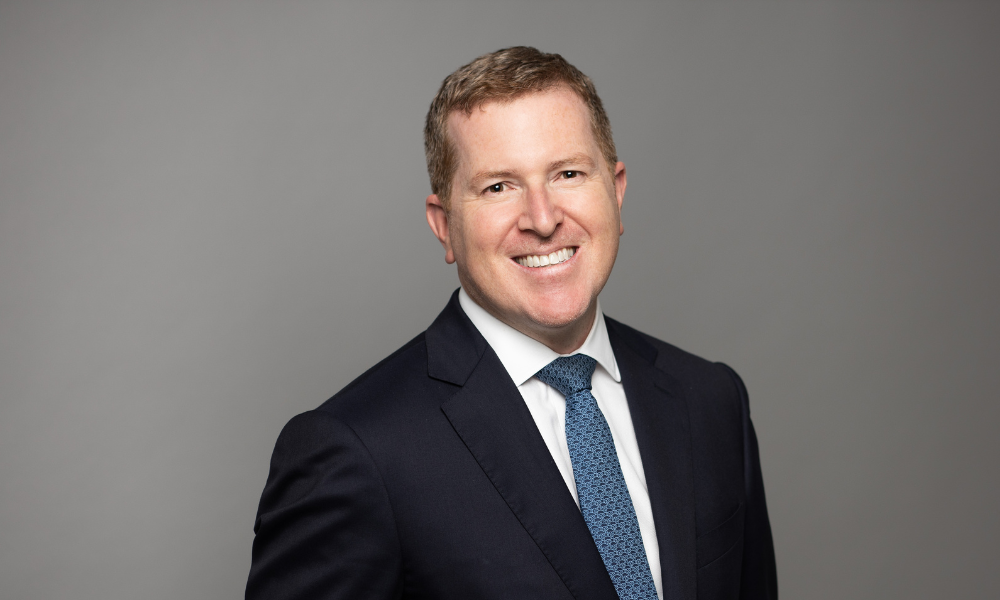Chief Investment Officer explains 1-year outlook and 10-year trend forecast, highlights where opportunities sit across time horizons

Prediction is a hard game to win, especially in financial services. At the same time, strategy is key to investment success and managing investor capital requires a long-term strategic outlook — albeit one that can be adapted in the face of changing circumstances. It was with that view towards both prediction and strategy that CI Global Asset Management published their largest and most comprehensive outlook to date. The document explores recent trends and market themes, outlines a 10-year macro horizon, and does arguably the most challenging thing any investment manager can do: predicts outcomes for the year ahead.
“You almost want to think about it like a river with a current, and the current for me is the 10-year trend,” says Marc-André Lewis, Chief Investment Officer at CI GAM. “That doesn’t mean that on a tactical basis you cannot go against the current, but you need to keep in mind where we see things going on a medium to long-term. We do active management, and active management is about positioning your portfolios for those different horizons.”
Lewis outlined his firm’s view for the next 10 years and the next 11 months. He sees the coming decade as a period of opportunity in fixed income, with a particular focus on credit, and private assets. He also sees global markets offering greater value, while the US maintains its leadership in equities. Over the next ten he sees inflation as a concern going forward, with reasons to think inflation will settle at a higher level than it was pre-pandemic. At the same time, he predicts that the push against inflation by central banks will curtail both inflation and growth for the remainder of the year.
While Lewis expects inflationary pressures to stay higher in the coming decade than they were in the last, the sharp and lagged impact of central bank interest rate hikes in 2022 and 2023 should bring inflation closer to target levels in the next few months. He describes current interest rate levels as “extremely restrictive,” though and notes both a modest slowdown in US growth and a dip into either zero or negative growth in Canada mean we are likely to see inflation fall into central bank target range this year, while remaining a greater concern across a longer horizon.
Over that shorter horizon, Lewis sees the makings of a ‘tug of war’ on equity markets between valuation and earnings. Valuations, he says, have been driven by expectations of interest rate cuts. We saw that in the rally from October to January, when consensus shifted to interest rates coming down as early as spring of this year. Those expectations were positive both for equities and fixed income.
The earnings side is inherently more nuanced but may reflect the role higher rates are playing on company balance sheets. Lewis believes investors are willing to look through some uncertainty on earnings in the next few months, but once rate cuts begin we may have more visibility. He says we can expect challenges until cuts, but once they come certain sectors and geographies may begin to perform well. That includes Canadian equities which he thinks are oversold due to institutional investor bias against the Canadian housing market. China may also offer some opportunities depending on what the Chinese government does to ensure their markets remain efficient and investable.
Fixed income is where Lewis perhaps sees the greatest opportunities in both the short and the long-term. While the rally in long-duration bonds late last year appears to be in the process of pulling back, he thinks there is continued opportunity in government bonds as rate cuts get closer. Credit is where Lewis believes investors can benefit quite clearly. He notes that corporate balance sheets are healthy and lack the COVID-related debts that governments took on. The results are “decent” spreads with solid outlooks for paybacks. Private credit could also benefit as some regional US banks pull back from some of their lending practices, meaning private credit investments can offer potentially double digit returns in the shorter-term.
On the risk side, Lewis sees geopolitics as a constant threat. However, he notes that it’s hard to position yourself against geopolitical risks, as they tend to have a low likelihood and they elicit market overreactions when they do play out. Nevertheless, it’s something asset managers have to monitor. The other major risk Lewis sees is a prolonged pause by central bankers. If they wait too long to cut, the damage to the economy may necessitate steeper and faster cuts than are healthy, which could prove damaging for markets.
Underpinning Lewis’ outlook is a sense that diversity and breadth may deliver for investors once again. Across varies equity and fixed income opportunities, the old mantras of diversification and portfolio building look like they could deliver value in a way they haven’t for a few years.
“If you look for the last 15 years through 2023, the leadership was US equites and big tech and bonds gave you less and less, so it was more difficult to build well-balanced portfolios. A lot of people got forced into polarized portfolios that ended up doing well because US equities did well, but were riskier than people thought. Now you can build much more robust portfolios,” Lewis says. “The main takeaway is that this is a good time for everyone to revisit the diversification of their portfolio and increase it. This is not about picking and choosing the single asset class that’s going to outperform all of them. For me it’s about building robust portfolios that are going to lead to as many predictable outcomes as possible.”


